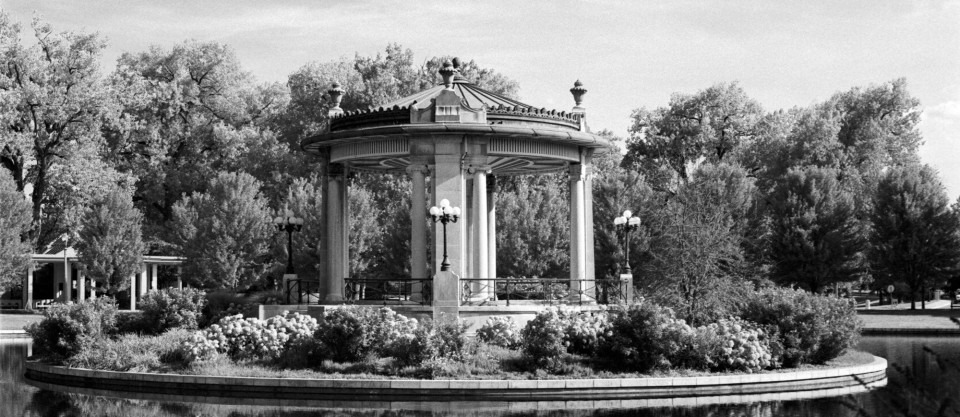I’m retiring from my work next year. A lifetime spent as a biologist, some years in research, some years as a diagnostic technician. Work in too many fields within that field to remember well, mostly happy times, some less so.
The end of an era. A redefining of my life. There are many ways to look at this change. I think I like to think of it as an ending, one that deserves a memorial, but does not represent a full stop. A new life now begins.
Not heaven, no, but with something of the same expectations held by anyone who believes in a life after death. I’m not sure if I really do myself, but I always feel that most who choose to place a memorial by a grave do so.
When such a memorial is found displaced by the side of path nestling in a crook, as was this one photographed in Laurel Hill Memorial Gardens cemetery, it takes on the symbolism of a marker, a waypoint, in a journey. And as such seems very apt as an illustration of where I am right now.
That’s the meaning of this photograph.
It’s a real meaning. In the sense that it reflects an emotional response to a reality pertaining to my own life.
And that’s its real value. Anything else is fun to play with but ultimately simply irrelevant.
That’s why I find myself moving further and further away from aesthetic or critical talk about photographic technique. I’m aware of these components, indeed the picture itself is a result of internalizing much I’ve learned about aesthetics (positioning of points of interest, depth of field, use of color, etc.), but I find looking at the work from those points of view is of ever decreasing interest.
Decreasing because it’s distracting. Distracting from what should be the primary consideration of a photograph or any work of art – emotional impact. Art must be felt first. Analysis can follow if you wish but it’s a secondary consideration and should always be regarded as such.
That’s really why I find so much contemporary photography to be worthless. There’s no emotion beyond a superficial glossiness (in feel, not necessarily in style). Much of it is blatant reproduction of work done before, placed before a public that either forgets or has no knowledge of the art. It persists in part because contemporary appreciation is so constructed that a few microseconds of thought and a reflexive press of a mouse key to highlight a ‘like’ or a ‘love’ serve as a tally of worth.
Now it’s important to emphasise that these are not absolutes. All I’m talking about is my own responsiveness; others will and do have different takes on what matters. Nothing wrong with that. But it does explain why certain types of photographs, either my own or by others, appeal to me. I find myself strongly drawn to many of those photographs that get classified as art and end up in published books or art museums. Others, I know, don’t appreciate such works at all and scratch their heads in puzzlement.
For a lot of these photographs, these great photographs, fail all sorts of common criteria of appreciation. Such as fuzzy focus, strange twists in composition and style, adoption of features (such as reticulation, digital noise, or film grain) that are normally eschewed as marks of technical shortcoming, and the use of subjects that subvert expectations. Many other reasons as well but all working to avoid the cliché and go as directly as possibly to the heart. Sometimes taking the mind along on the journey, but always to the heart.
That’s what the meaning of a photograph should be. Striving towards that goal is the only way to get better as a photographer. Everything else falls to the side.

